When we think of the term Paganism we may envision earthy people dancing wildly through the forest however, Pagan, is a general term that encompasses anyone who adheres to a set of beliefs that differs from the religion followed by the majority.
As Christianity spread through Europe in the early ADs, missionaries came across many different groups of people with varying religious systems and beliefs. Because these people had practices that differed from Christianity, the term Pagan, sometimes associated with lawlessness or godlessness, was used to identify them. In truth Pagan traditions were, and still are, based on the seasons, the natural growth cycle of crops and the celebratory times of harvest, feasting and then preparing for winter.
One of these nature-based, pagan traditions is the precursor to our modern day Christmas. Winter solstice which is also known as Yule was originally celebrated on December 21 through 22 and was later adapted into 12 days and nights starting on the 21st and ending January 1st. During Yule, Pagans celebrate the rebirth of the sun through gift exchanges, dancing around a large bonfire, sharing food in a feast and sharing deep spiritual reflection.
Pagans decorate a Yule tree dressed with candles and lights to signify how through the cold and dark of winter the sun will return and be reborn. A Yule log is decorated with holly berries, evergreen leaves, pinecones, ribbons, anything with personal significance , and three candles usually green, red and white, which are lit throughout the 12 days. This tradition probably stemmed from even earlier Norse tribes, who traditionally decorated a tree with fruits and candles to honor the god Odin, known to fly across the winter sky on his eight legged horse, during winter solstice.
Another Christmas tradition borrowed from the nature loving Pagans is kissing under the mistletoe. For Pagans the sacred plant mistletoe symbolized peace and joy. It was believed that in times of war, enemies could come to peace by meeting in the woods, beneath the mistletoe where they would lay down their weapons, shake hands and call a truce. How fitting for a holiday that celebrates peace and holiness, and a time when all should be well with the world.

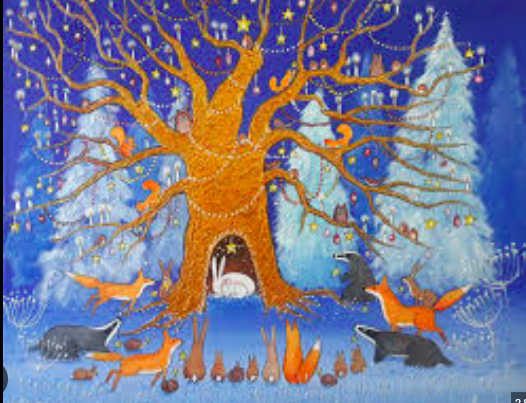

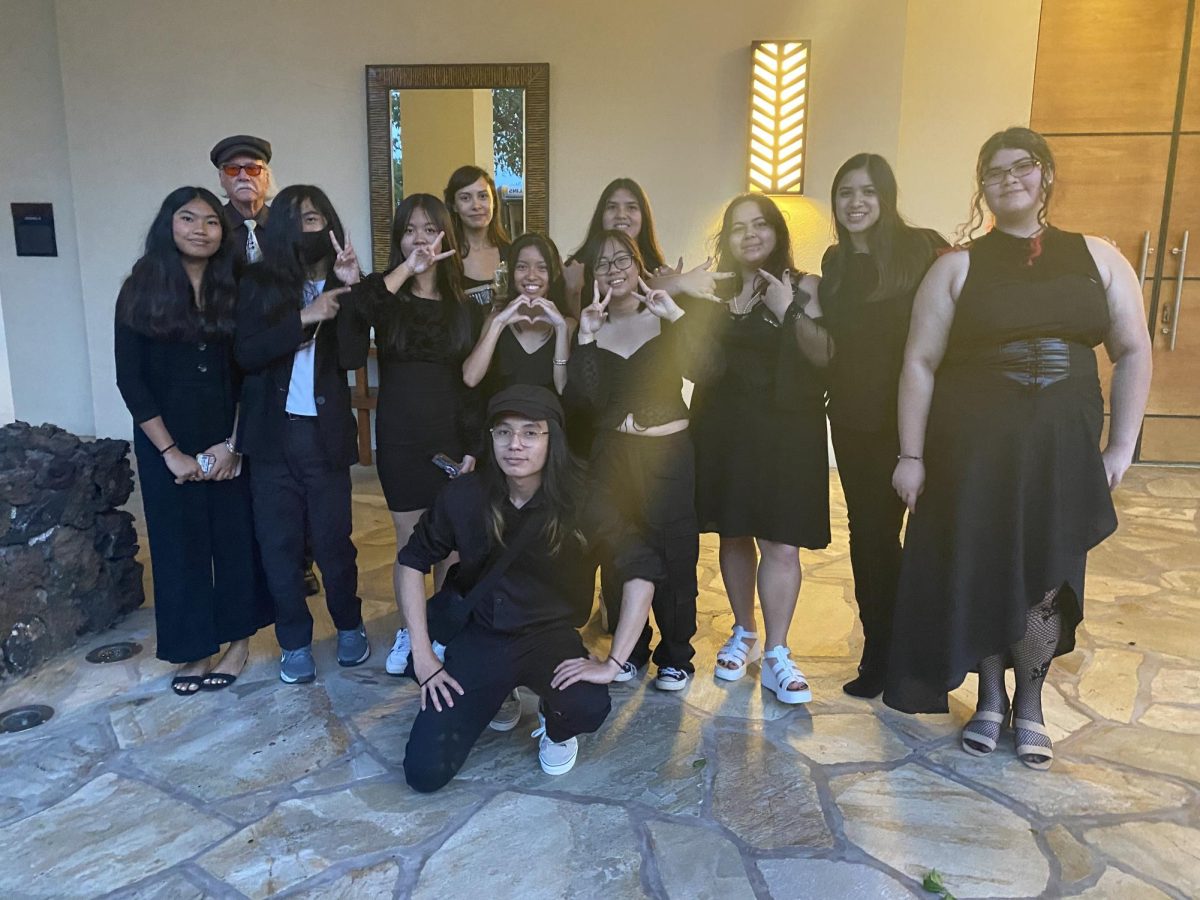
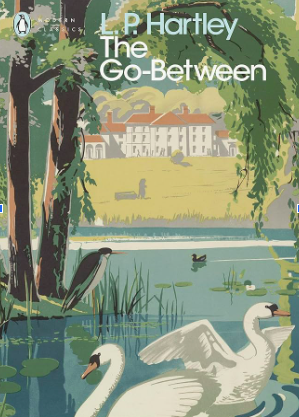
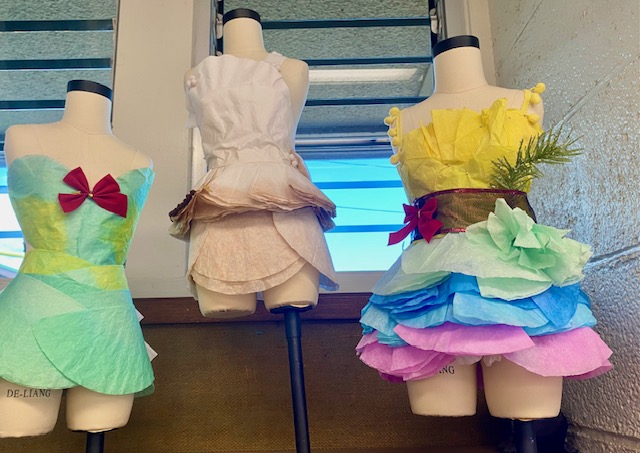

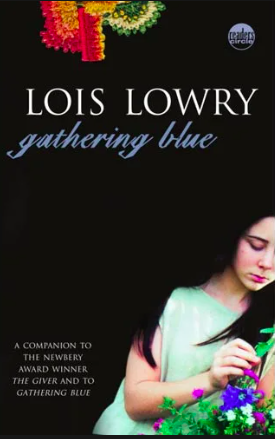
leighton
Feb 13, 2024 at 1:57 PM
wow
keahi
Dec 15, 2023 at 7:45 PM
Very cool!
Kristopher
Dec 13, 2023 at 5:11 PM
It was interesting to learn how holiday traditions were formed and their origins. I learned something new, at least 1 learned 1 thing today.
Ed Kristian
Dec 13, 2023 at 5:05 PM
It was interesting to see your point of view.